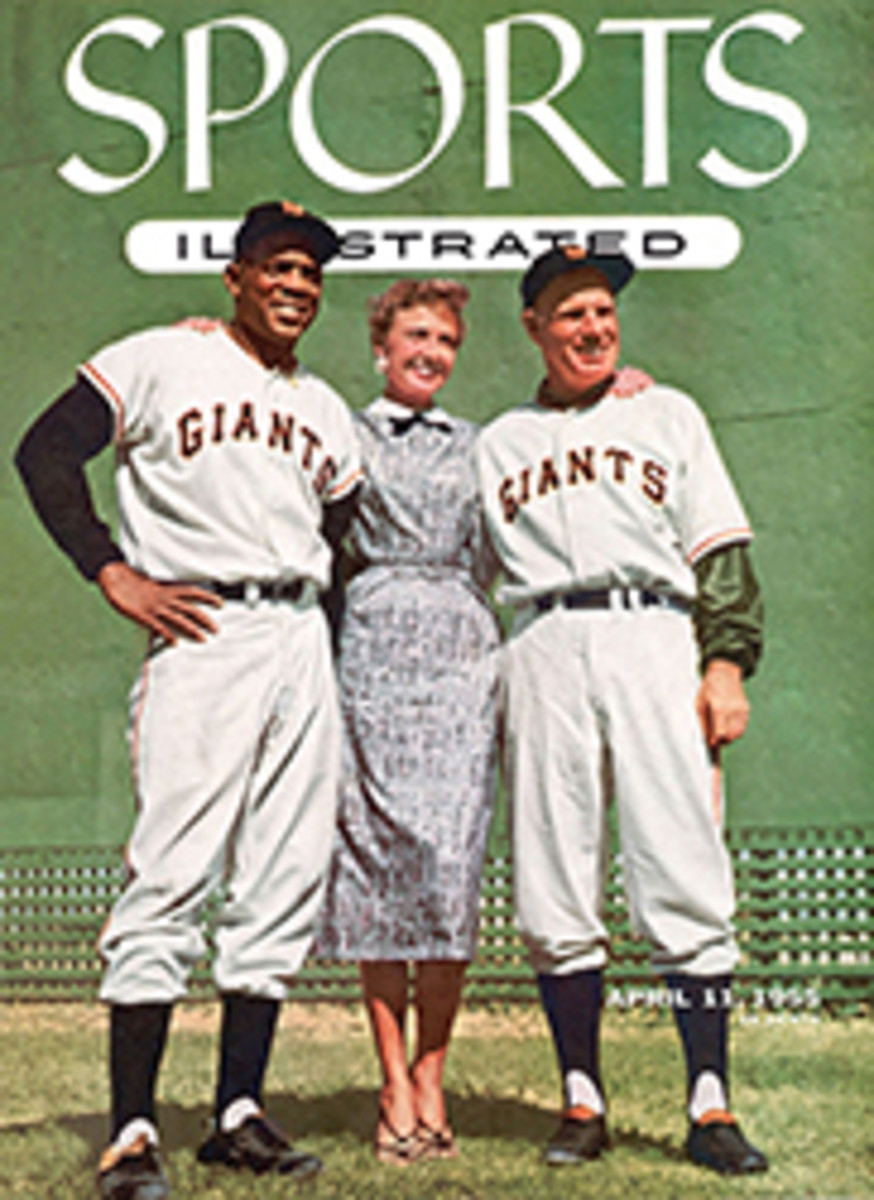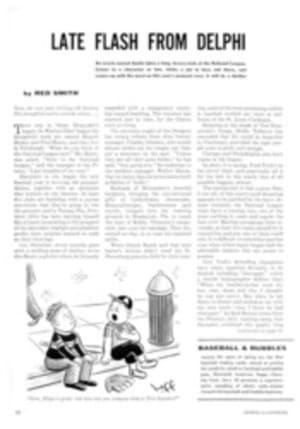
TRAGEDY IN INDIA
Last week in India, Camilla Koffler, who was known as Ylla, was killed in an accident while on a photography assignment for SI (her work has appeared in eight issues, the most recent being March 28). In the following appreciation, SI's Nature columnist, John O'Reilly, tells of the life that brought her fame.
Ylla's pictures brought animals into the living rooms of America and Europe in such a way that they conveyed a feeling of sharing in wonderful adventures. Julian Huxley said that in some ways Ylla was the outstanding animal photographer. This is a strong statement, especially when one considers the growing ranks of those engaged in this branch of the art. But in an age when hundreds of cameras are trained on the animal world, few could argue against Huxley's contention that this cheerful woman with the mass of pinned-up curls has been tops.
Ylla was devoted to her subjects. With Ylla it was not just a question of spending a day with an animal. Sometimes she would stick with a single subject for a month or more, watching its every move and waiting for it to betray its character.
On one occasion she bought a baby bear and started to work with the intention of doing a picture book about it. In time she realized that the cub was morose and lonely, so she bought another. The result was that both bears became playful and acted as young bears should. She kept her camera trained on them for weeks. Instead of one, the book turned out to be the story of Two Little Bears.
Ylla, pronounced "eela," was born in Vienna of a Rumanian father and a Yugoslav mother. While studying sculpture in Paris she took up general photography to earn a living. After she came to the U.S. she was much in demand by persons who wanted their pets photographed. Anything from dogs and cats to a squirrel or a baby lion could be found under the lights in her Manhattan studio. She later gave this up to concentrate on wild animals.
Ylla confronted the big beasts of Africa in the same manner that she had dealt with tame animals and those in zoos. She took chances only when she had to. If she could work under conditions where both she and the animal were relaxed, she preferred it.
But this was not always possible. On one occasion she was sitting in the back of a truck which was being chased by a huge rhinoceros. Later, she was apologetic because she flinched each time that the beast would ram the back of the truck with his horn.
In conversation with her friends, Ylla loved to tell, not of the narrow escapes or the long hours of patient work, but of all the ridiculous and funny things that she had seen animals and people do. Once, when she was urged to put all these things into a book, she grinned and said: "I'll save that for my old age when I cannot get around any more with a camera."
The success of her African trip led her on to India. There the reputation she had won brought her a welcome from officialdom wherever she went. It was while riding in a speeding jeep photographing a race between bullock-drawn carts in India that she suffered the accident which resulted in her death.
In an introduction to one of her 12 books, Ylla wrote: "My pictures preach no message and present no scheme of world betterment...I try for simpler goals."
In the first part of that statement she was wrong. On two continents there are plenty of families who have felt that things were better because of the pictures made by Ylla.
PHOTO
PERCHED ON AN ELEPHANT with her usual unconcern for bizarre working conditions, Ylla is shown in a recent photograph as she pictured the capture of a rhinoceros.
PHOTO

